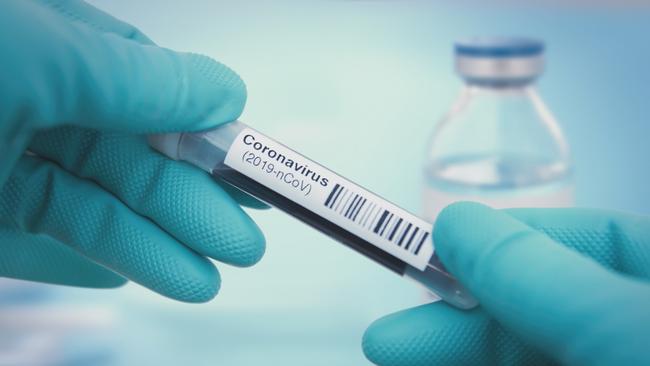Research reveals Australia’s true rate of COVID infection
Australia’s COVID-19 tally may be five times higher than the number of cases officially reported. This is why.
Coronavirus
Don't miss out on the headlines from Coronavirus. Followed categories will be added to My News.
Australia’s coronavirus tally may be five times higher than what’s officially reported, new research suggests.
The level of hidden transmission was highlighted by researchers from the Australian National University, University of Melbourne and Ikigai Research who looked at coronavirus figures from 15 developed countries.
The report said the detection rate in Australia was one of the best in the world — but there was still a large number of Australians who have contracted the virus but never been diagnosed.
Confirmed cases in Belgium, France, Italy and the United Kingdom were estimated to account for less than 10 per cent of the true number of cases, the report said.
The research, published on Wednesday, found infection rates across the 15 countries between March and August were on average 6.2 times greater than reported cases.

The findings were based on a statistical formula that looked at the number of COVID-19 related fatalities and compared that with the time from infection to symptoms and time from symptoms to death.
Co-author Quentin Grafton, from ANU, said the research confirmed what other studies had found – that there are many undetected cases out there.
Professor Grafton said there were several reasons why people were not tested, such as the lack of test kits available at the start of the pandemic, or if people were asymptomatic.
Another factor may be that people did not have sick leave and were worried about missing work while they isolate, he said.
Professor Grafton said the method they used to collect the data for the study could be applied anywhere in the world, provided there were reliable figures on the number of fatalities attributable to COVID-19.
He said the findings would be useful for governments on how they deal with long-term health impacts in people who have had the virus.
“It’s relevant that there are people with COVID-19 morbidities; people that had COVID and didn’t die but have some sort of morbidity, whether that’s loss of sense of smell to severe disabilities; chronic fatigue for example,” he said.
The paper was published in Royal Society Open Science.
READ MORE
WHAT YOU MUST DO TO GET $200 TRAVEL VOUCHER


